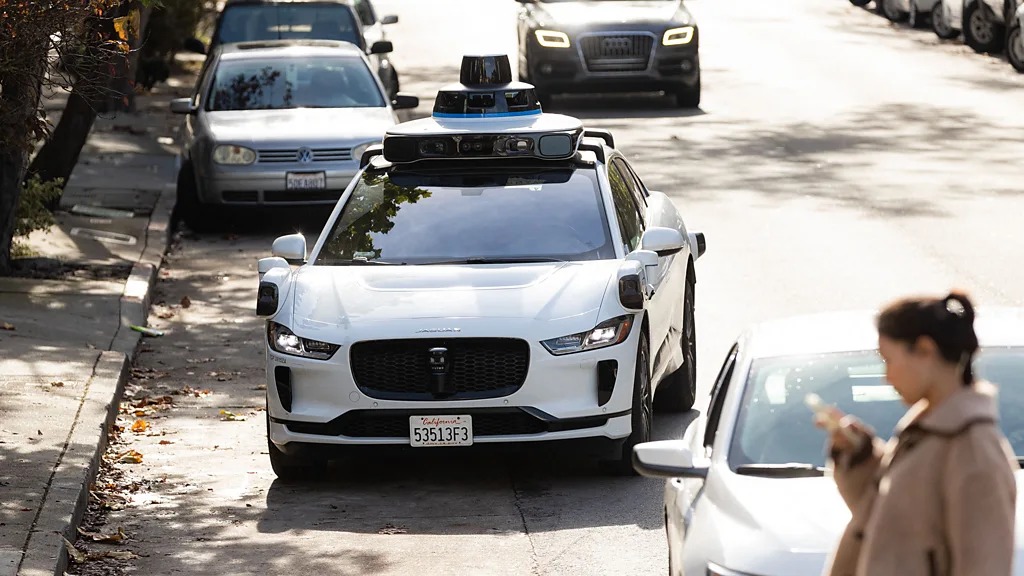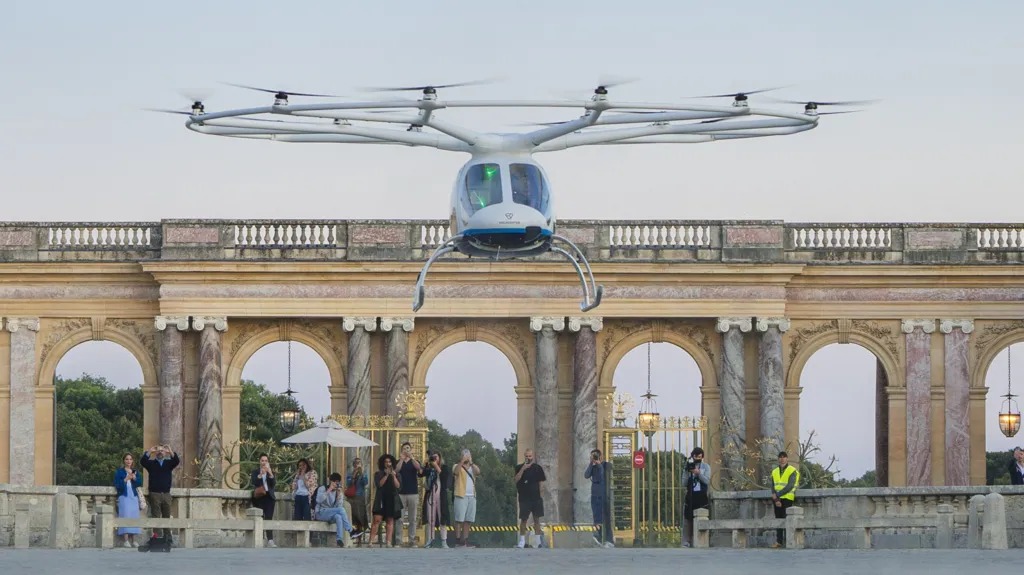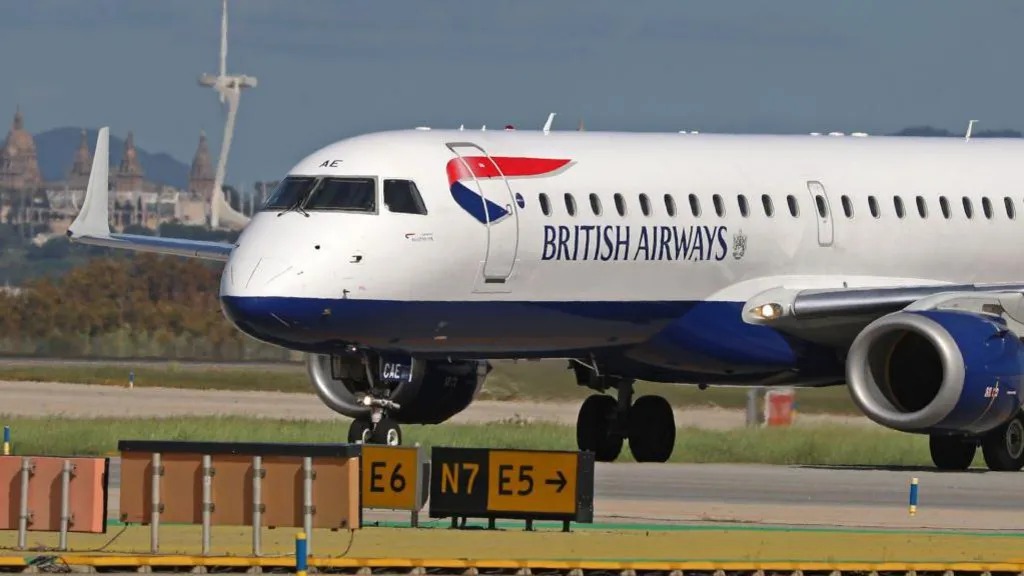
Key Strategies to Earn Passenger Confidence
1. Transparency and Passenger Experience
Waymo, a leader in the field, aims to make passengers feel at ease by showing what the car “sees.” Features include:
- Interactive screens displaying real-time maps and surroundings.
- Personalized settings for temperature and music.
Megan Neese, Waymo’s head of product and customer research, emphasizes that passengers feel reassured when they understand the vehicle’s route and environment.
“There is something very important about knowing where the car is going and that it sees what you’re seeing,” says Neese.
2. Comfort-Focused Designs
Zoox offers a contrasting approach with its bi-directional, purpose-built vehicles. Features include:
- Bay-style seating without forward-facing windows.
- Twinkling ceiling lights and vegan leather seats for a “luxury ride” feel.
- Personal temperature controls and music options.
While passengers cannot see the road ahead, Zoox relies on a serene cabin environment to instill trust.
3. Human Support Systems
Both Waymo and Zoox integrate human intervention systems to address ambiguous situations:
- Waymo’s Fleet Response team provides decision-making guidance.
- Zoox uses a Fusion Center for remote assistance, laying “digital breadcrumbs” for vehicles in unfamiliar scenarios.
This hybrid approach of automation and human oversight is key to ensuring safety.
Challenges in Public Adoption
Despite advancements, safety remains a major concern. Incidents like Cruise’s pedestrian collision in 2023 highlight the technology’s limitations. Such events have led to stricter scrutiny and operational pauses, as seen in California.
In China, companies like AutoX and Apollo Go also face public perception issues. Mishaps, such as vehicles stopping unnecessarily, quickly go viral, sparking debates on the readiness of robotaxis for mass adoption.
Global Robotaxi Developments
United States
- Waymo operates in cities like San Francisco, Los Angeles, and Phoenix, with plans for Austin and Atlanta in 2025.
- Tesla’s “Cybercab” robotaxi, set to launch in 2026, aims to introduce owner-rented autonomous rides.
China
- Baidu’s Apollo Go and AutoX lead the market, offering rides in major cities like Beijing and Shenzhen. Apollo Go boasts 62 million autonomous driving miles without major accidents.
Other Regions
- Japan targets its aging population with May Mobility’s services in Nagoya.
- The UK plans to introduce robotaxis by 2026, enabled by recent legislative changes.
The Road Ahead for Robotaxis
While the robotaxi market shows promise, scaling operations and earning public trust are paramount. Companies are experimenting with innovative approaches to improve user experience and safety, but widespread adoption will require continued advancements and regulatory support.
For more insights on technological advancements, check out TechCrunch’s guide to autonomous vehicles.






